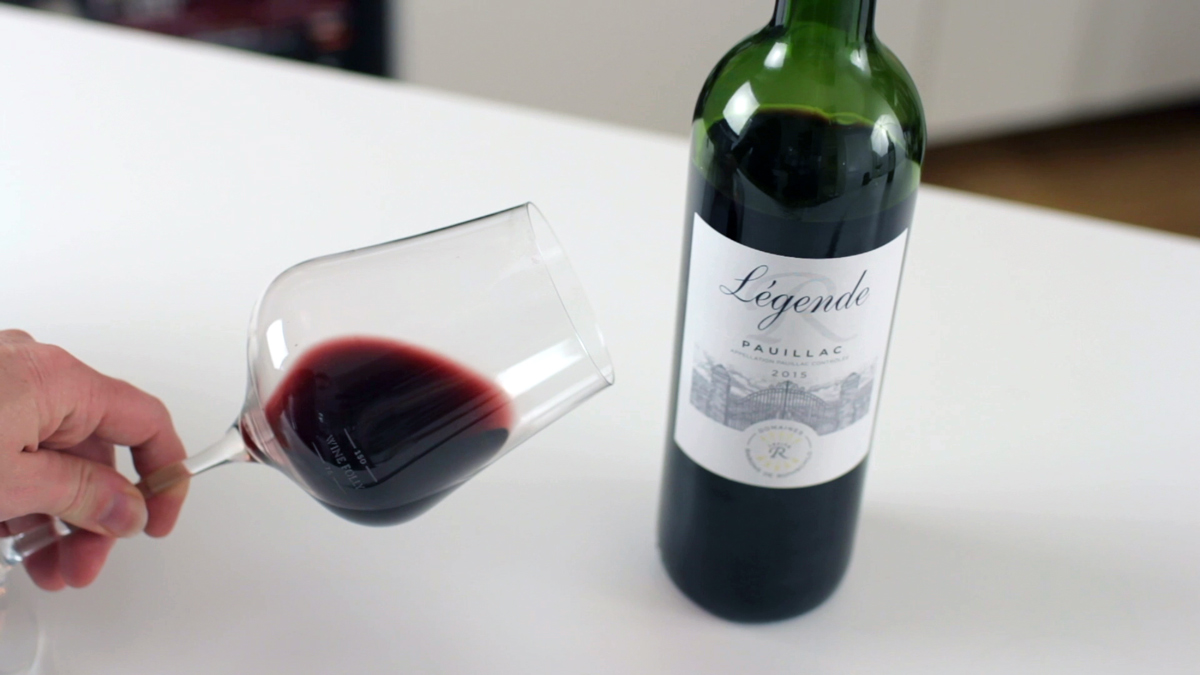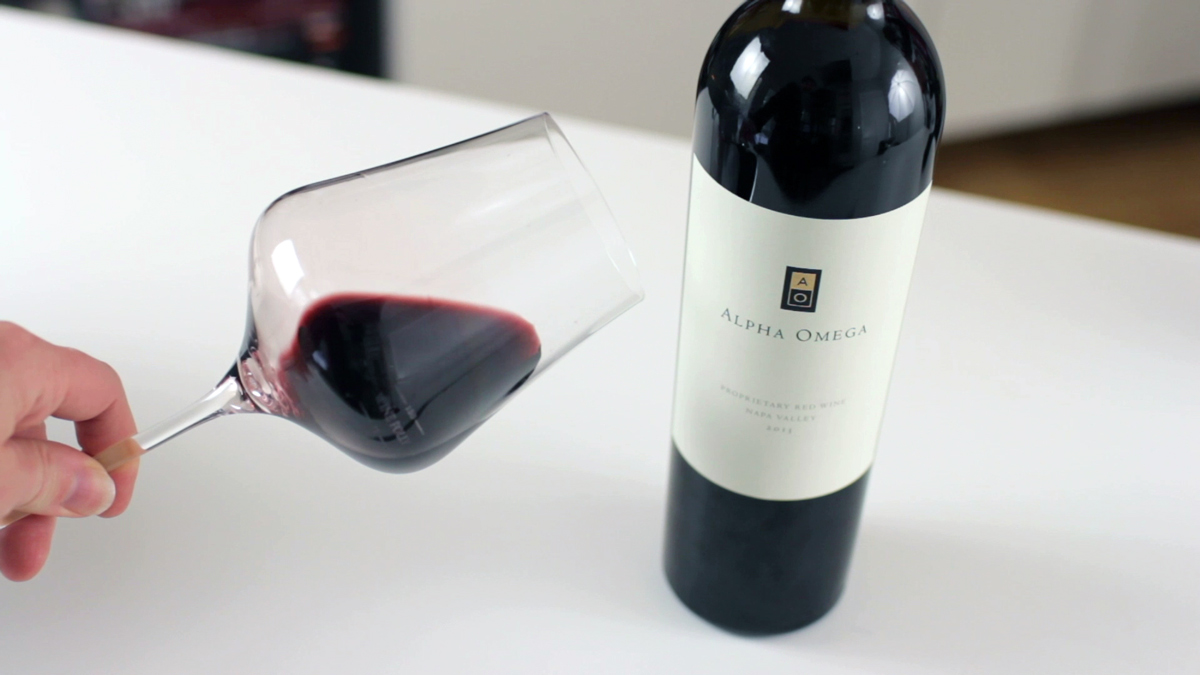Two Cabernet Sauvignon wine blends from two of the world’s foremost Cabernet regions go face-to-face in this tasting. It’s Napa vs Bordeaux Cabernet!
Cabernet Sauvignon still ranks as number one in terms of acreage grown around the world. It makes up about ~750,000 vineyard acres (that’s about two times the size of Los Angeles). You’ll find Cabernet Sauvignon grows all over the place: from China to Chile and everywhere in between!
When you taste Cabernet wines, there are many similarities. Nearly all have distinct berry flavors often described as black cherry or cassis. Additionally, most Cabernet Sauvignon wines have moderately high tannin.
So, how do you find the style you like?
In this tasting we explore two very different Cabernet Sauvignon wines (from Napa Valley, CA and Bordeaux, France) that provide helpful clues to identify the style you prefer best.
Bordeaux
It’s practically a rite of passage in the wine world to drink Bordeaux. Like Helen of Troy, Bordeaux inspired 1000s of regions to try their hand at Cabernet. Some succeeded. Many failed.
What’s surprising is that the Bordeaux region is quite unexpected to the novice! Most of these wines are surprisingly light-weight, with earthy overtones.

Legende Pauillac Bordeaux 2015
On the nose: It was a bouquet of tart red berry flavors like cherry, cranberry, and currants. Then, it turned earthy with distinct notes of pencil lead and crushed gravel. When I backed out of the glass a bit, I realized the whole aroma profile was wrapped up in minty/menthol-like overtones.
On the palate: I was expecting an earthy wine but was surprised by the presence of boisterous tart fruit notes, almost like biting into a blood orange. When the tannins came around mid-palate, they were super soft and barely there. The wine finished on a slightly bitter note, like crunching into a piece of red lettuce.

Learn more about this wine www.lafite.com
Love an earthy Cabernet? Here’s what to look for:
- Look for Cabernet-based wines with lower alcohol (~12.5%). This usually indicates the grapes were not as sweet.
- Seek out a wine that offers mostly forward grape-based flavors with very little oak.
Napa Valley

Alpha Omega “Proprietary Red Wine” 2013
On the nose: Massive, face-punching aromas of sweet blackberry and cherry came wafting up out of the glass. This was followed up by a slew of oak-related aromas, including allspice, vanilla, and spice cake. It even had a little bit of a Tootsie Roll/chocolate play on the nose.
On the palate: Like drinking Christmas, this wine exuded sweet berry notes and spice flavors. What was interesting was it actually had pretty rigid, mouth-smacking tannins. Still, with the alcohol as high as it was, they seemed to melt away with each sip. The finish tingled with flavors of a sweet, spiced cake.

Learn more about this winery at aowinery.com
Love a fruity, bold Cabernet? Here’s what to look for:
- Look for Cabernet-based wines with a higher alcohol (+14.5%) content. Sweet grapes tend to produce fruitier, higher alcohol wines.
- Spice cake and vanilla notes are a strong indicator of oak-aging in new oak barrels. Keep your eyes peeled for oak program notes!

Have some burning questions about this wine tasting or about Napa vs Bordeaux Cabernet in general? Ask me below in the comments!
